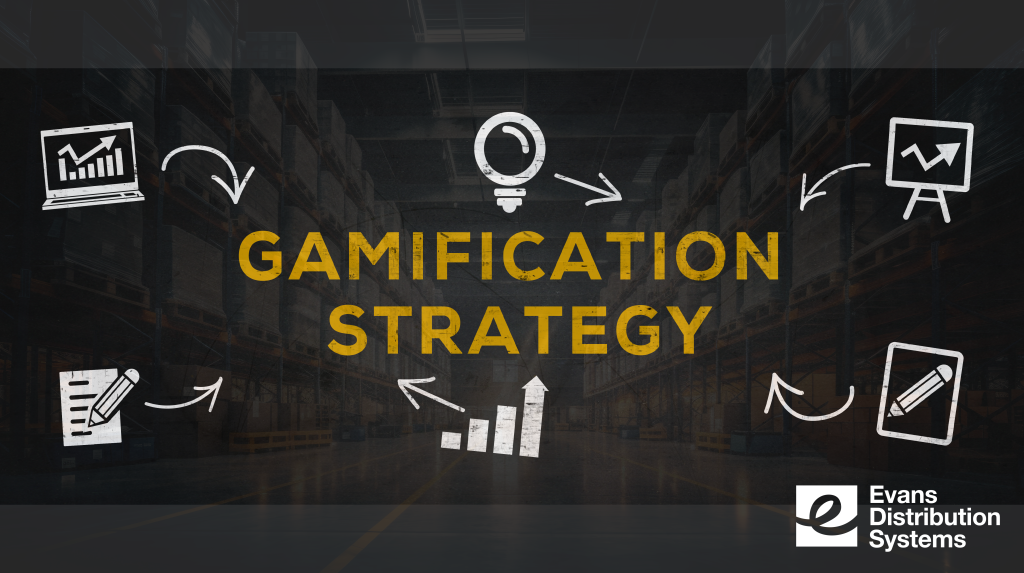As discussed in our recent blog “Game On: Gamification in Logistics,” gamification involves incorporating elements of game design, mechanics, and experiences into non-game environments to captivate and inspire individuals. To make gamification successful in logistics, it is important to carefully plan and implement the gamification strategy. Here are some key steps and considerations:

- Define Clear Objectives: Clearly outline the goals and objectives to be achieved through gamification. Whether it is improving employee engagement, enhancing productivity, or promoting safety, having a clear purpose will guide the design of the gamification program.
- Understand Your Audience: Consider the demographics, preferences, and motivations of the employees who will be participating in the gamified activities. Tailor the gamification elements to resonate with their interests.
- Choose Appropriate Game Mechanics: Select game mechanics that align with the objectives of the logistics operations. This could include points, badges, leaderboards, challenges, and rewards. Ensure that the chosen mechanics are relevant and meaningful to the tasks and encouraged behaviors.
- Provide Meaningful Rewards: Rewards play a crucial role in gamification. Make sure that the rewards offered are meaningful and desirable to the employees. This could include monetary incentives, recognition, career advancement opportunities, or other non-monetary rewards.
- Create a Competitive Yet Supportive Environment: Foster a sense of healthy competition among employees, but also emphasize collaboration and teamwork. Ensure the program promotes a supportive environment where individuals and teams can help each other succeed.
- Integrate Gamification into Work Processes: Embed gamification elements into existing workflows and activities to make the experience more natural and sustainable.
- Provide Regular Feedback: Offer real-time feedback to participants on their performance. Regular updates on progress, achievements, and milestones help maintain motivation and keep employees engaged.
- Promote Transparency and Fairness: Ensure that the gamification system is transparent and fair. Clearly communicate the rules and criteria for earning rewards. Transparency builds trust and encourages employees to actively participate.
- Monitor and Analyze Performance: Implement analytics tools to monitor the performance of the gamification program. Collect data on participant engagement, achievements, and the impact on key performance indicators. Use this information to refine and improve the gamification strategy over time.
- Encourage Continuous Improvement: Encourage feedback from participants and other stakeholders and be open to adjusting to improve the effectiveness of the program. Regularly assess the impact of gamification on logistics operations and make necessary refinements.
- Promote Leadership Support: Ensure that leaders within the organization are supportive of the gamification initiative. Leadership buy-in can contribute to the success of the program by setting a positive example and emphasizing its importance.
The seamless integration of game-like elements into various facets of logistics operations can be a catalyst for positive change. The successful implementation of gamification requires a strategic approach, clear objectives, and ongoing evaluation. With the right balance of leadership support, meaningful rewards, and transparent communication, gamification becomes a powerful tool for steering logistics operations towards success in the ever-evolving and competitive logistics landscape.
